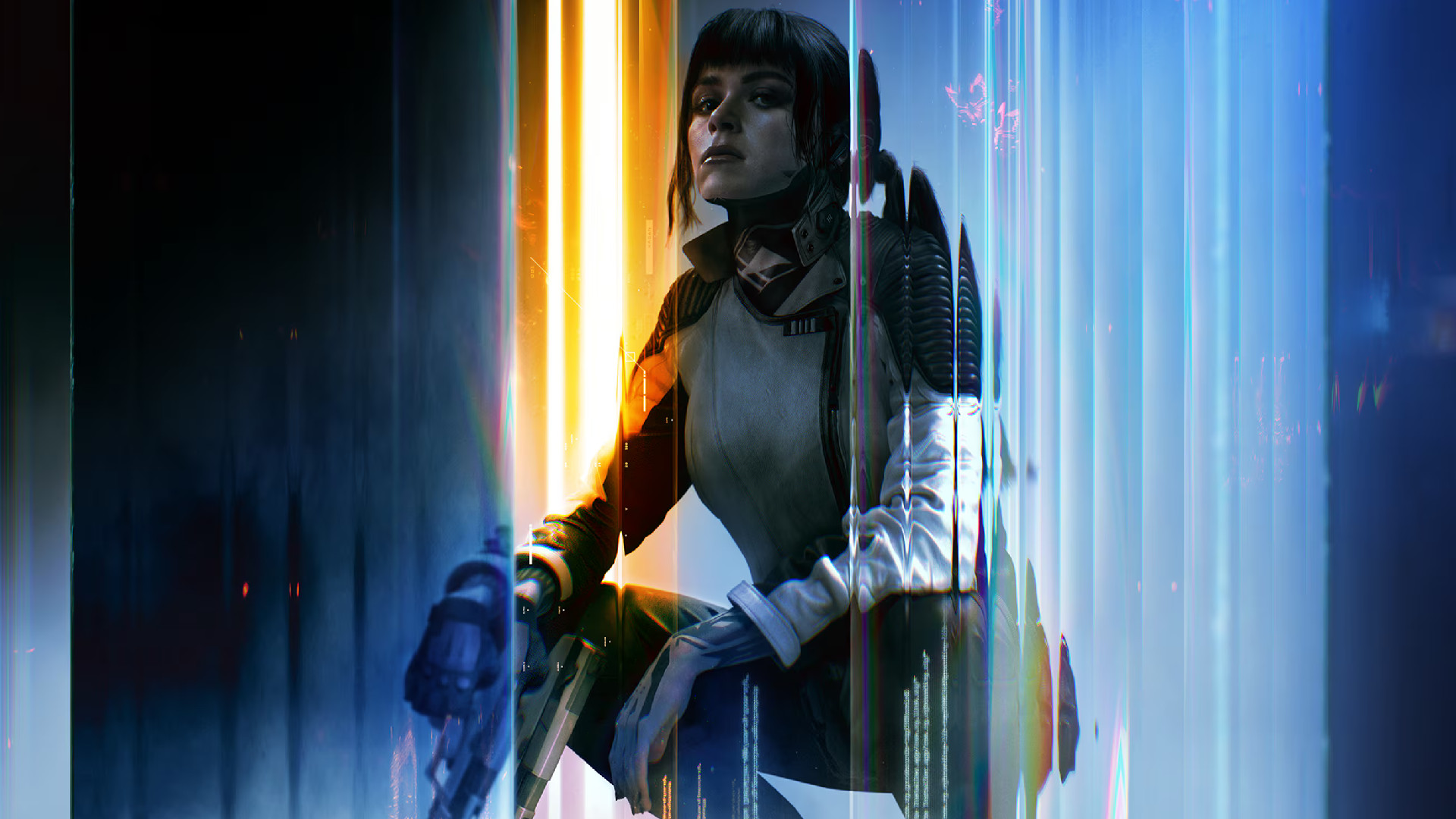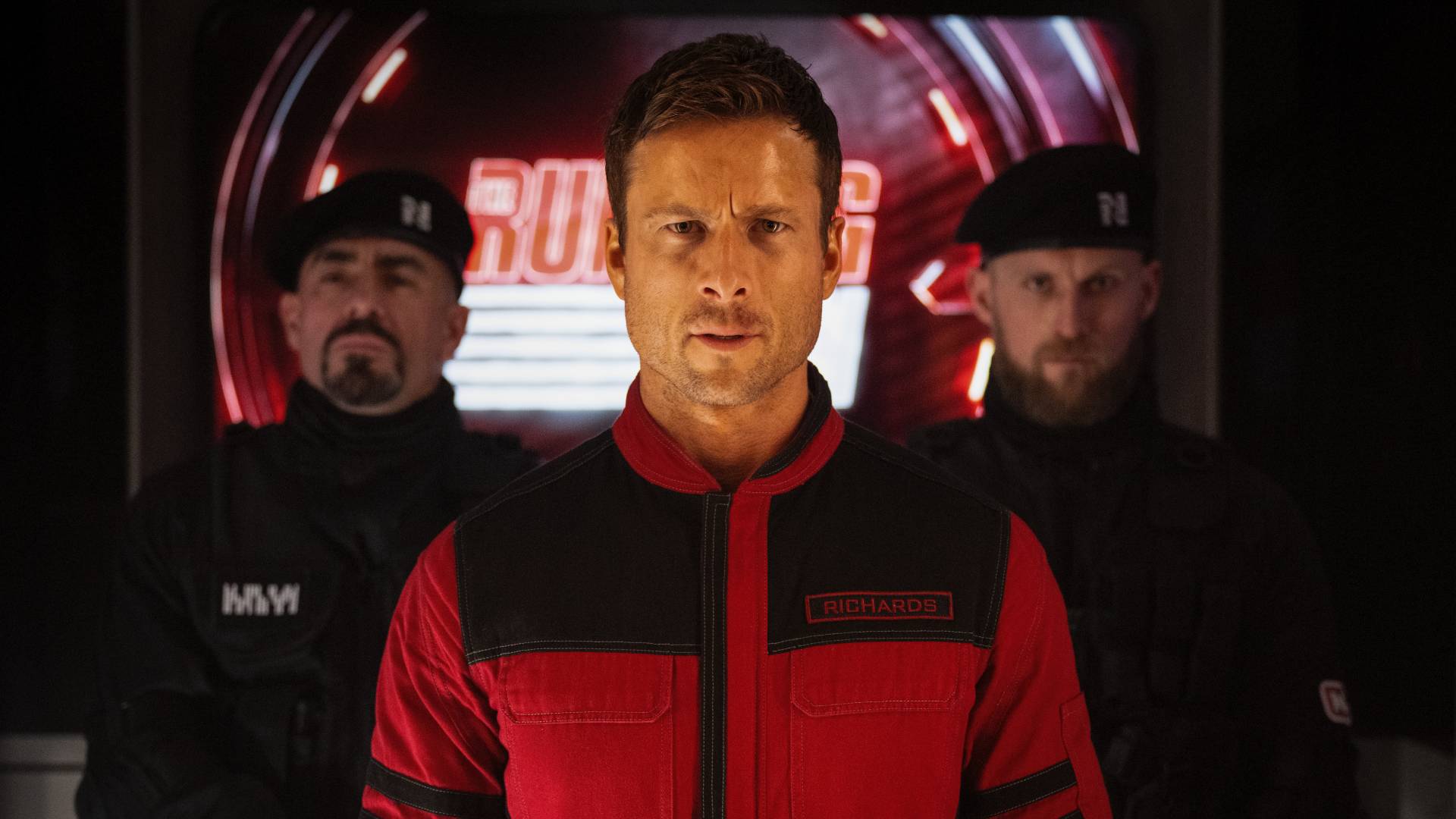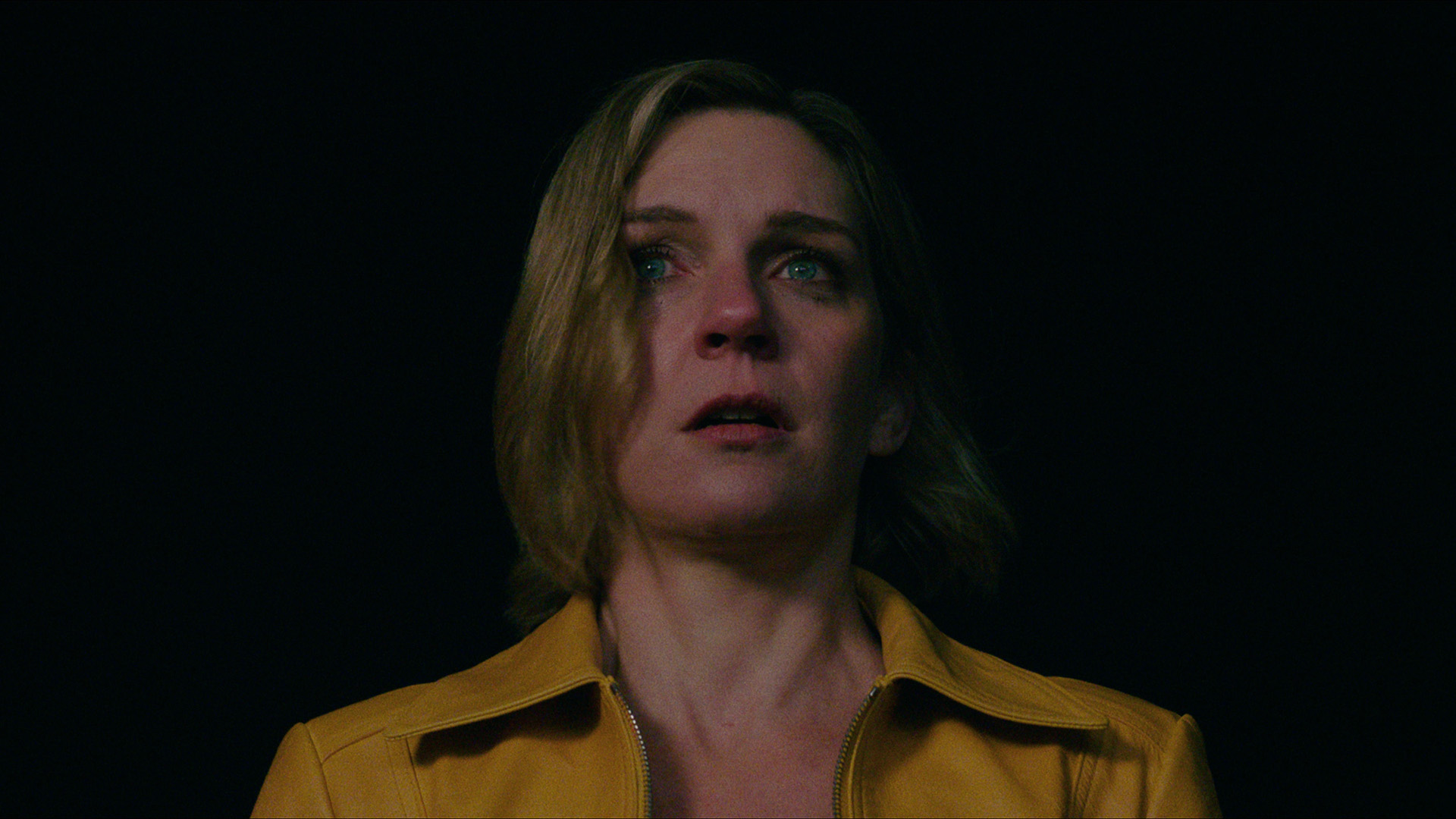How Resident Evil 2 came to Nintendo 64 despite Capcom's doubts: "I recall having daily meetings and someone asked, 'Should we be worried?'"
Interview | Project director Chris Fodor reveals how small US developer Angel Studios defied the odds – and Capcom's own doubts – by squeezing Resident Evil 2 onto the Nintendo 64
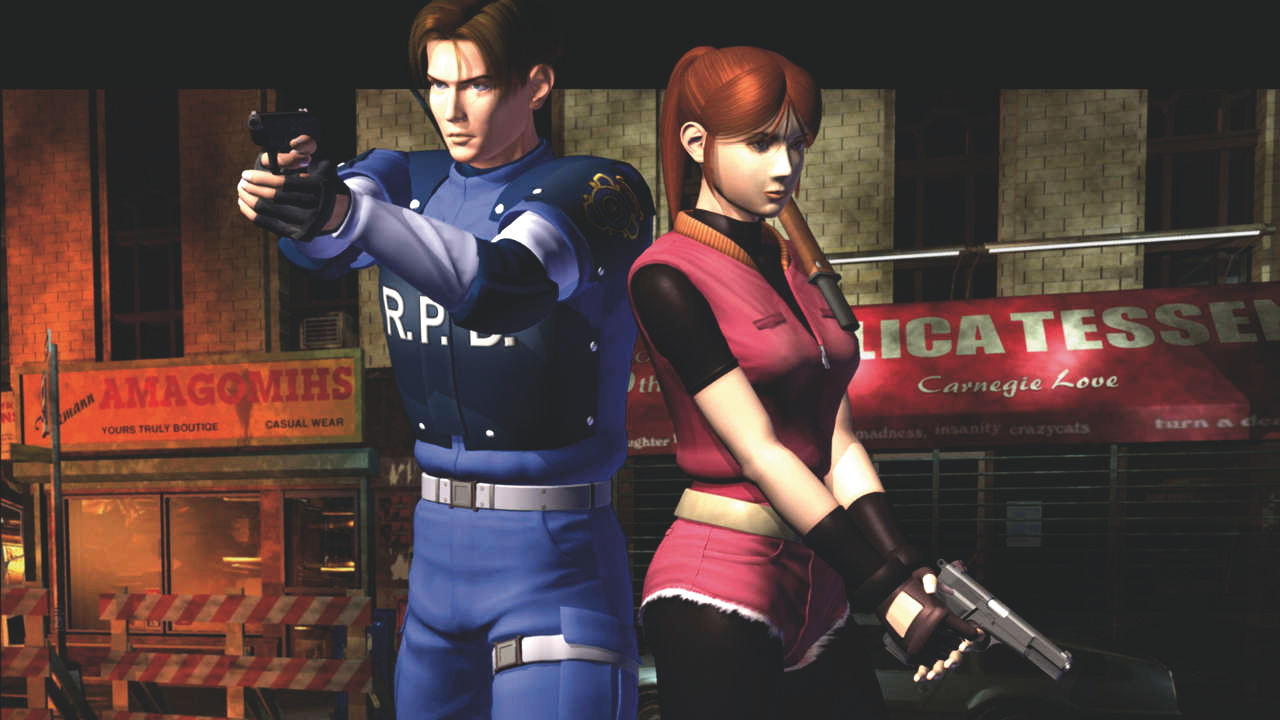
It's easy to take Resident Evil 2 for granted now, but back in 1998 there had only been a single Resident Evil game before it. Resident Evil 2 was the moment Capcom solidified the series as a horror icon. Not to mention the leap from the Spencer Mansion to Raccoon City's streets and police station was a technical marvel at the time. It still holds up all these years later for sure, but it's also worth remembering how impressive the sequel was for its time.
So imagine what it was like taking all the ambition packed into Resident Evil 2, which shined on PS1 at the time, and squeezing it down for its Nintendo 64 port. That's exactly what US developer Angel Studios were tasked with doing, against the odds. What resulted was one of the most ambitious and impressive conversions ever, meaning this version definitely deserves to be remembered as an important moment for the series. Retro Gamer talks with project director Chris Fodor about how Resident Evil 2 for the Nintendo 64 came together.
Street legal
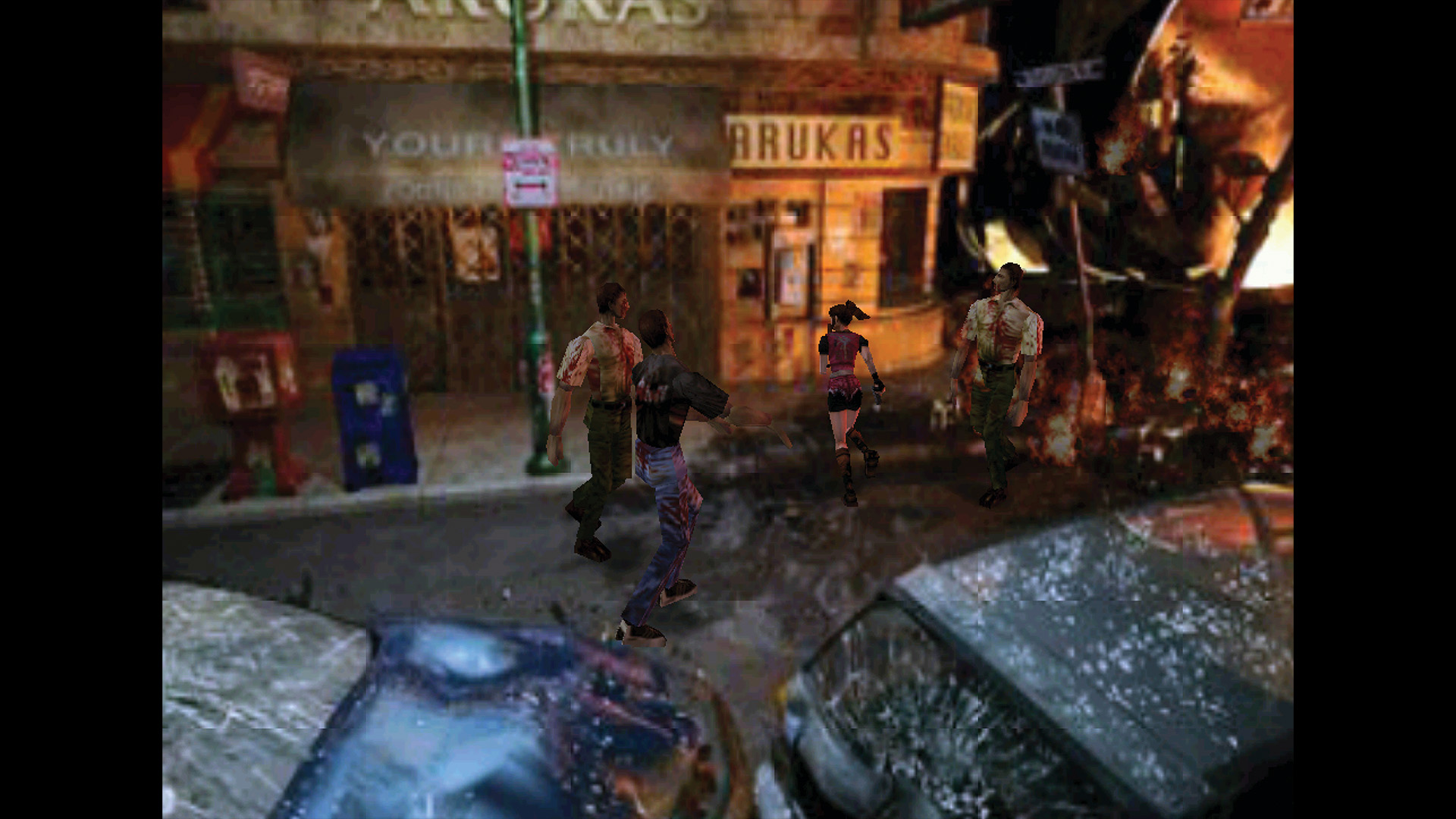
Retro Gamer: How did Angel Studios land the job of converting Resident Evil 2 to the Nintendo 64?
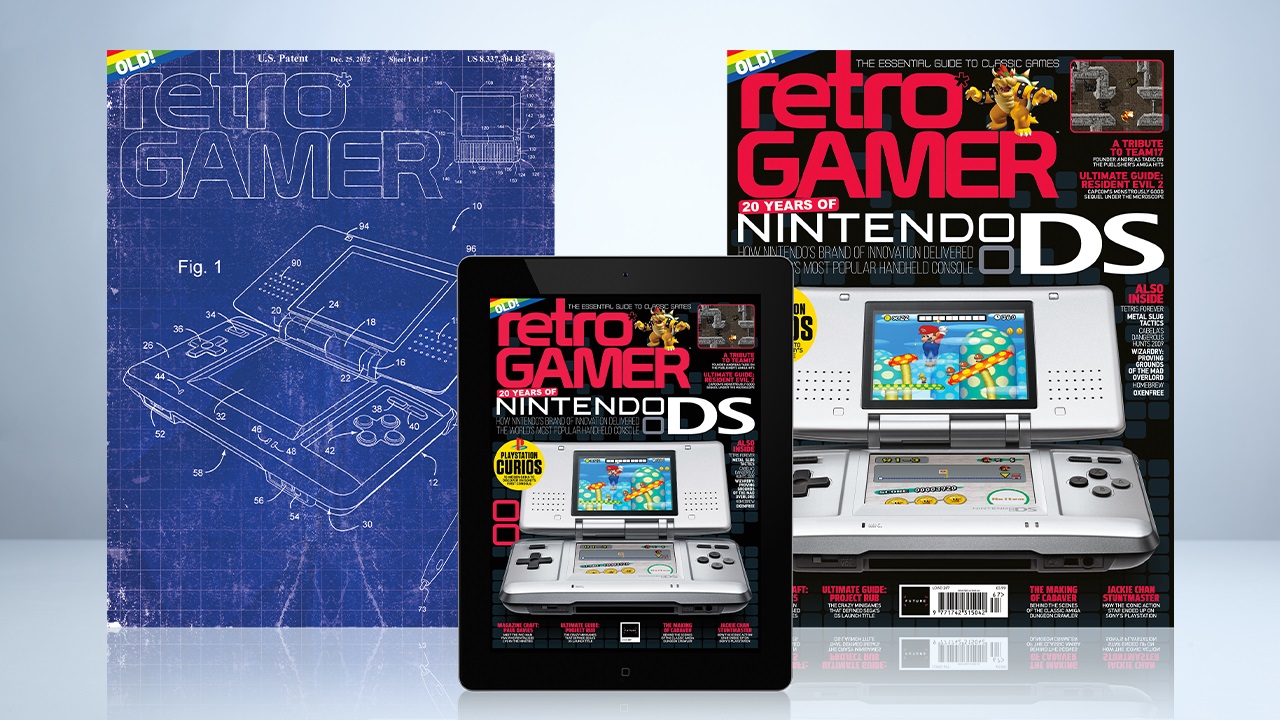
This feature originally appeared in Retro Gamer magazine. For more in-depth features and interviews on classic games delivered to your door or digital device, subscribe to Retro Gamer or buy an issue!
Chris Fodor: We had previously done Ken Griffey Jr for the N64, which was the first game that Angel Studios ever released, so we had the technical skills and had learned a lot working on that project.
The team was given the option of making a play for porting Resident Evil 2 or working on Spider-Man 64. We looked at both options but felt our small studio wasn't ready to take on Spider-Man because it required a lot of gameplay and might suffer the same fate as Superman 64 – draw distance! A port felt right as that played to our technical skills with a proven game design. We actually went to Japan to talk to Capcom, who clearly didn't expect as much from the project as we delivered.
RG Did you raise any initial concerns with Capcom about the appropriateness of the port?
CF: We didn't raise any concerns. This is a classic case of being too foolish to know what isn't possible so you end up doing it anyway. There was a discussion of replacing the cutscenes with still frames and audio. That was a fallback but it didn't sit right with anyone on the team. We were going to make it happen. Thank goodness for 64MB cartridges.
Weekly digests, tales from the communities you love, and more

RG: But still, there were two CDs full of data and you had one relatively tiny cart…
CF: We did have the wind at our backs in one respect. Many assets were duplicated across the two discs, so even though there was 1.2GB of data, a lot of the cutscenes were repeated. Something might flip to Leon and he'll say and do the same thing as he did on the other disc with Claire. This does not mean it was easy, as the PlayStation version could simply duplicate the video and make one cutscene. We identified the similarities and put one copy on the ROM triggered at the right time. This required pulling apart and identifying the overlap, and also required a ROM which could play a scene immediately in a different order. This would have not been possible without the incredible FMV work by Todd Meynink. I don't want to minimise the contributions of other team members. Everyone crushed it.
RG: What would you say was the most challenging aspect you had to overcome?
CF: You probably want to hear a single answer, but every couple of weeks came a new challenge. Code with comments in Japanese that didn't follow unwritten Western coding protocols. Understanding how the rendering system worked. Figuring out how much space to allocate to which area, be it sound, backgrounds, models, FMV. Time deadlines. Even internal Angel Studios issues. Obviously the FMV was the big challenge, but that meant it got attention from the start. The other issues just popped up as the project went on. I recall having daily meetings and someone asked, "Should we be worried?" I said, "Yes, let's worry… OK, worry over, let's get to work."
RG: Ha, did that help to reassure them?
CF: It sounds a bit mean in retrospect, but I just meant let's focus on what's under our control.
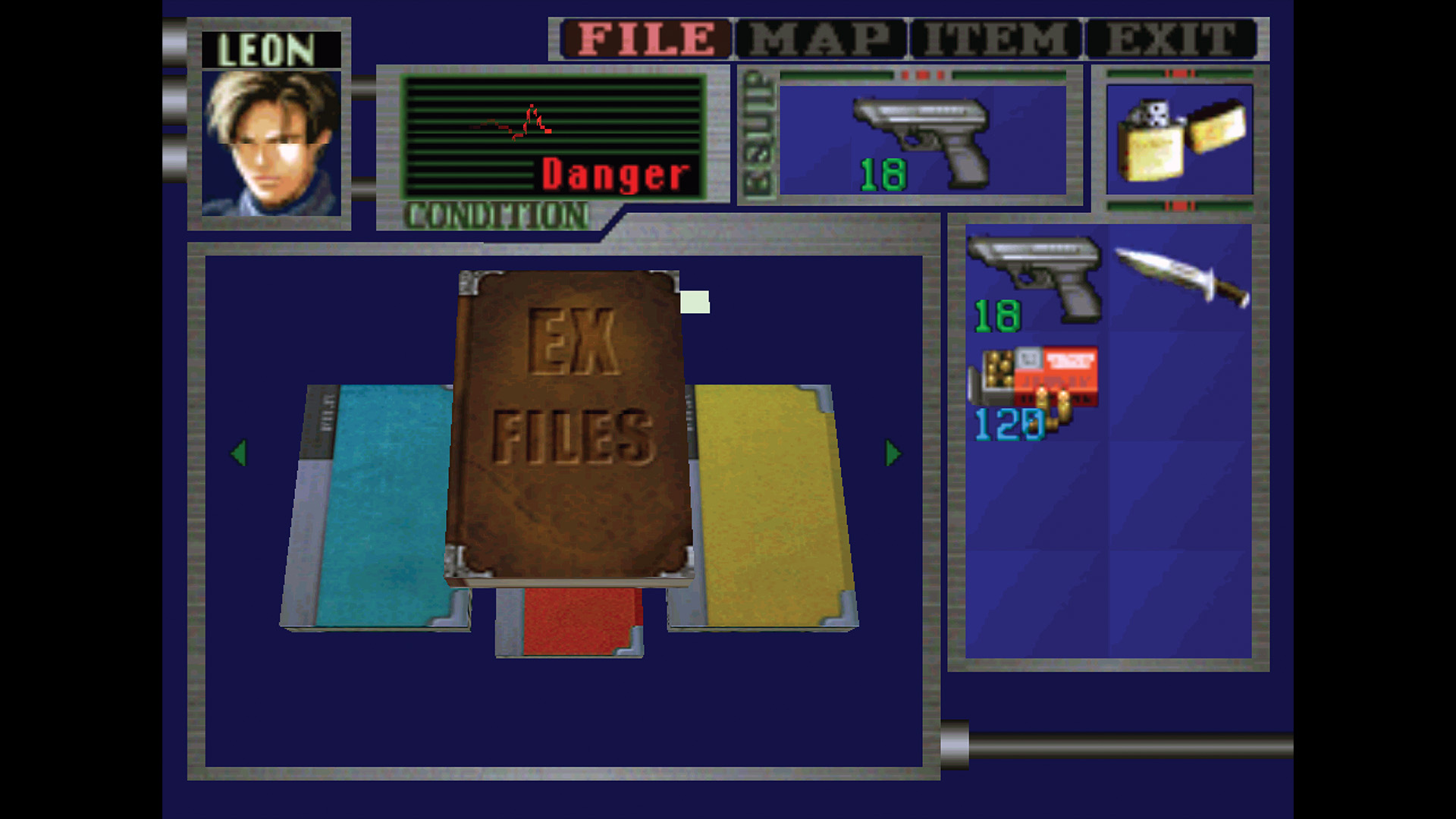
RG: On the subject of external factors, did you experience any interference from Capcom, or Nintendo for that matter?
CF: Capcom didn't have much to say besides, "Let's get this done." Initially Capcom didn't expect much more than a perfunctory effort, diplomatically stating that we were not considered first-rate. Nintendo required the blood colour change option and is still pretty strict about how games appear and behave on its platforms, as everyone knows. Nintendo was actually helpful when we initially discussed a 32MB cartridge and we were told a 64MB cartridge was possible with save space on the cartridge. 32MB would have definitely meant a version with static cutscenes. Capcom took a risk authorising the bigger cart, and it worked out. I remember how heavy the final product felt.
RG: Your version actually adds content that was exclusive to the N64. Was this requested by Capcom, or added by yourselves?
CF: Requested by Capcom, who had complete creative control. I think the analogue controls came from us, but as far as things like the EX Files, that came entirely from Capcom. The Randomizer mode was unique and from Capcom as well. It's great to see that people valued that additional content. Some thought did go into it and I love that it differentiated our version.
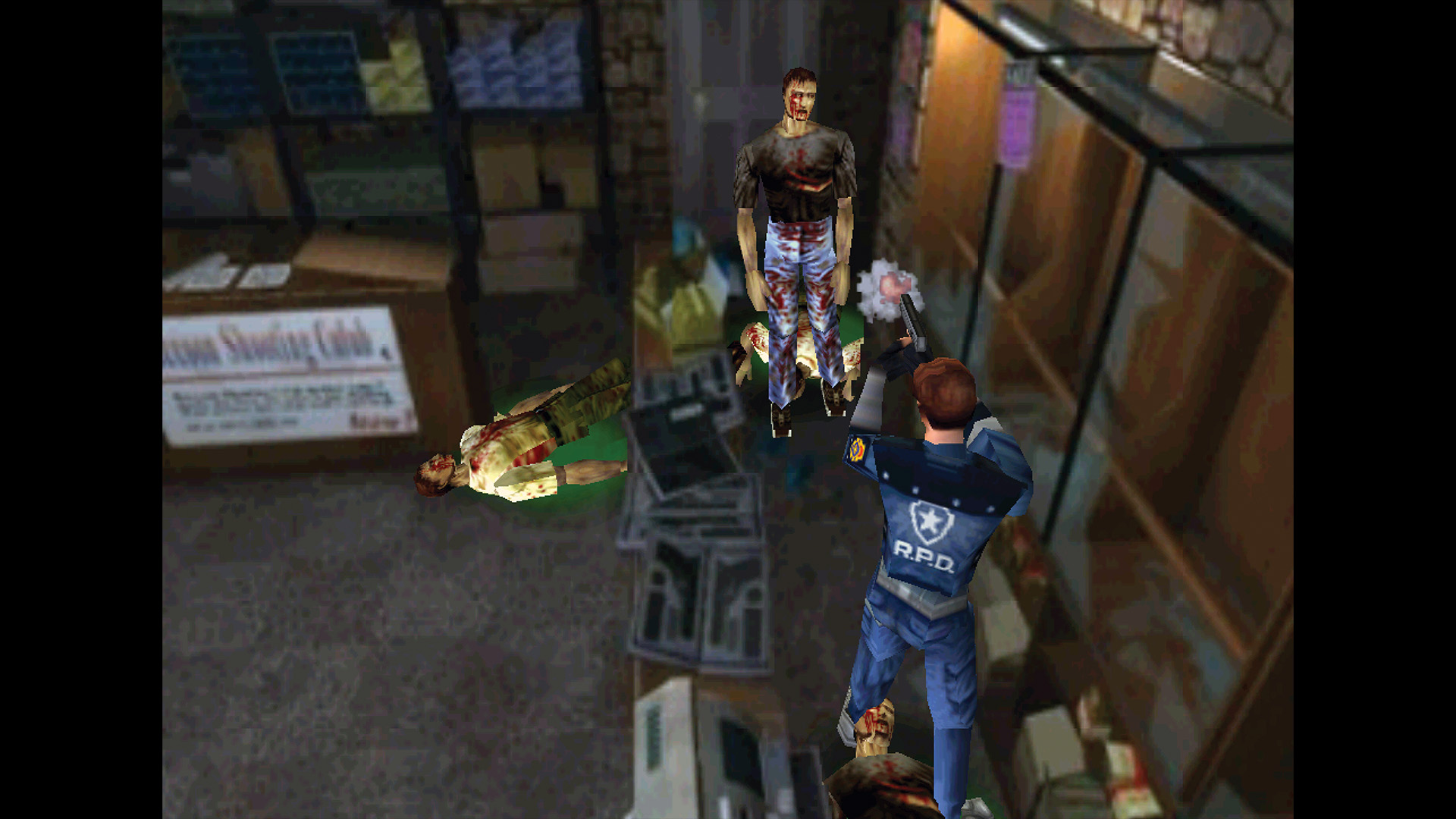
RG: Looking back, do you have any regrets about taking on the job?
CF: Regrets? No, I'd do it a hundred times again. There's a liberty when you're younger and can tolerate a risk of failure without that affecting a family. It was a good choice. I always viewed it as a chance to prove our technical chops, and we did.
RG: OK, to put it another way, would you have attempted Resident Evil 3 if Capcom had asked?
CF: Resident Evil 3 didn't make financial sense as PlayStation 2 was just around the corner. Angel Studios did talk with Capcom about a little game that ended up being called Dino Crisis, but we didn't end up taking it. We produced some tech in that direction which became [coin-op game] Savage Quest.
RG: Thank you for your time, Chris.
CF: I love telling 'war stories' and have immersed myself in games since I first played the NES. The fact that people are still talking about this game 25 years later is truly priceless.
Want to play more retro games? Check out our best Nintendo 64 games list!
You must confirm your public display name before commenting
Please logout and then login again, you will then be prompted to enter your display name.
